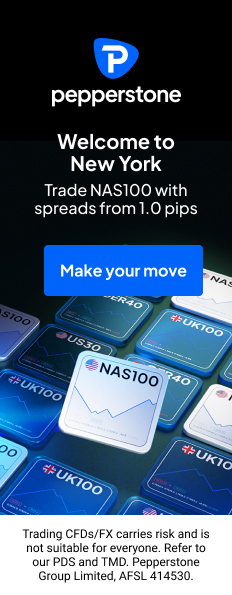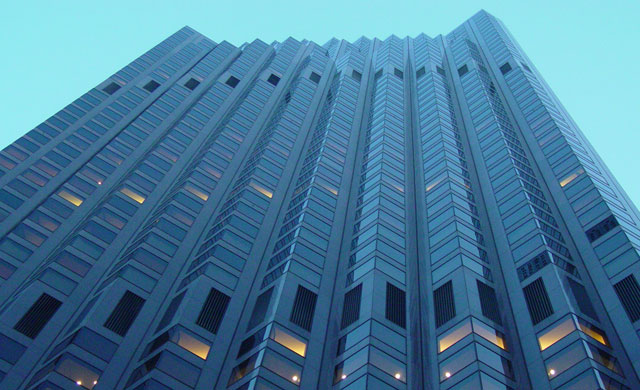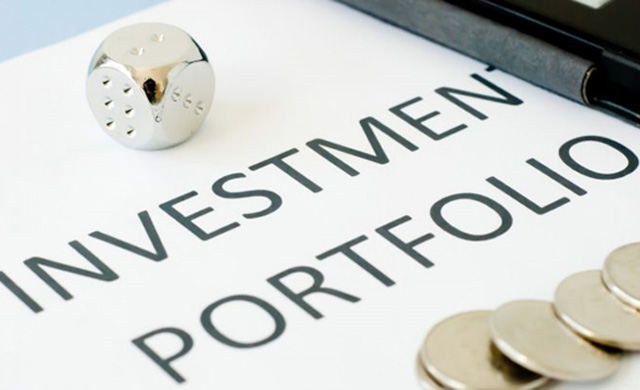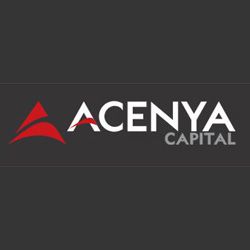This company, in all probability, is going out of business. When this became even more likely a couple of weeks ago, following publication of the interim results, the share price rose! This is perfectly rational; there is more value to be had by ceasing operations. As a shareholder, I fully support the directors in aiming at a liquidation.
The above paragraph will seem very odd to many readers, so I’d better explain.
A once-glorious company
Many years ago a team of PhDs, other engineers and chemists developed a superior method of growing multi-crystaline silicon crystals (up to 60cm) from polysilicon. These were then sliced and became wafers. These wafers are used to make photo-voltaic solar panels.
Extracting themselves from a large company via a 1994 MBO resulted in an independent company on the stock exchange making wafers. The share price soared; it was a darling.
When hedging is not risk reduction
A few years ago the directors agreed long-term contracts with customers, the solar cell manufacturers, for a great volume of wafers at fixed prices. Great, everyone knows where they stand for years to come.
But……what if the price of the raw material input, polysilicon, rises significantly? We’d better also fix the price of that. So they did. They entered into long term supply contracts.
Then the world market for PV cells, wafers and polysilicon got really messed up. China went into these in a big way. China blocked imports and dumped; America and Europe retaliated. Now there are barriers to trade everywhere. Worse, there is massive over supply of wafers. Price fell dramatically.
For years the PV cell manufacturers have lost money, and so have the wafer makers. Then, many of PV Crystalox’s customers stopped operating. Even before that many had reneged on their contracts to buy wafers at fixed prices.
Thus, PV Crystalox couldn’t sell anything like the number of wafers for which they had capacity, i.e. 750MW. In fact, they reduced operations to about 20% of capacity, with much mothballing and closing of plant, hoping for some rationality to return to this market. It hasn’t.
Meanwhile they were committed to buying polysilicon at prices way above the prices of wafers.
So much for the hedging of risk on the customer side and supplier side. When customers go bust and stop receiving your product there is not a lot you can do.
(You can find more detail on PV Crystalox in my earlier Newsletters: 15th – 21st Jan 2015, 26th and 27th Mar 2015, 2nd June 2015, 15th and 18th April 2016, 20th May 2016)
But there is hope – hence the purchase for my NCAV portfolio in January 2015 at 12.2p.
First there is a very strong balance sheet. The current market capitalisation is 160m shares x 16.75p = £26.8m, but the cash on the balance sheet alone is €24.8m or £20.7m. There is no debt.
The directors have reduced overhead and obligations so now there are only €5.8m of current and non-current liabilities. Thus the net current asset value is €38.1m or £31.7m, significantly more than the MCap.
If we knock off one-third of inventory and one-fifth of receivables, to be really conservative, the NCAV amounts to……..To read the rest of this article, and more like it, subscribe to my premium newsletter Deep Value Shares – click here http://newsletters.advfn.com/deepvalueshares/subscribe-1.


 Hot Features
Hot Features













